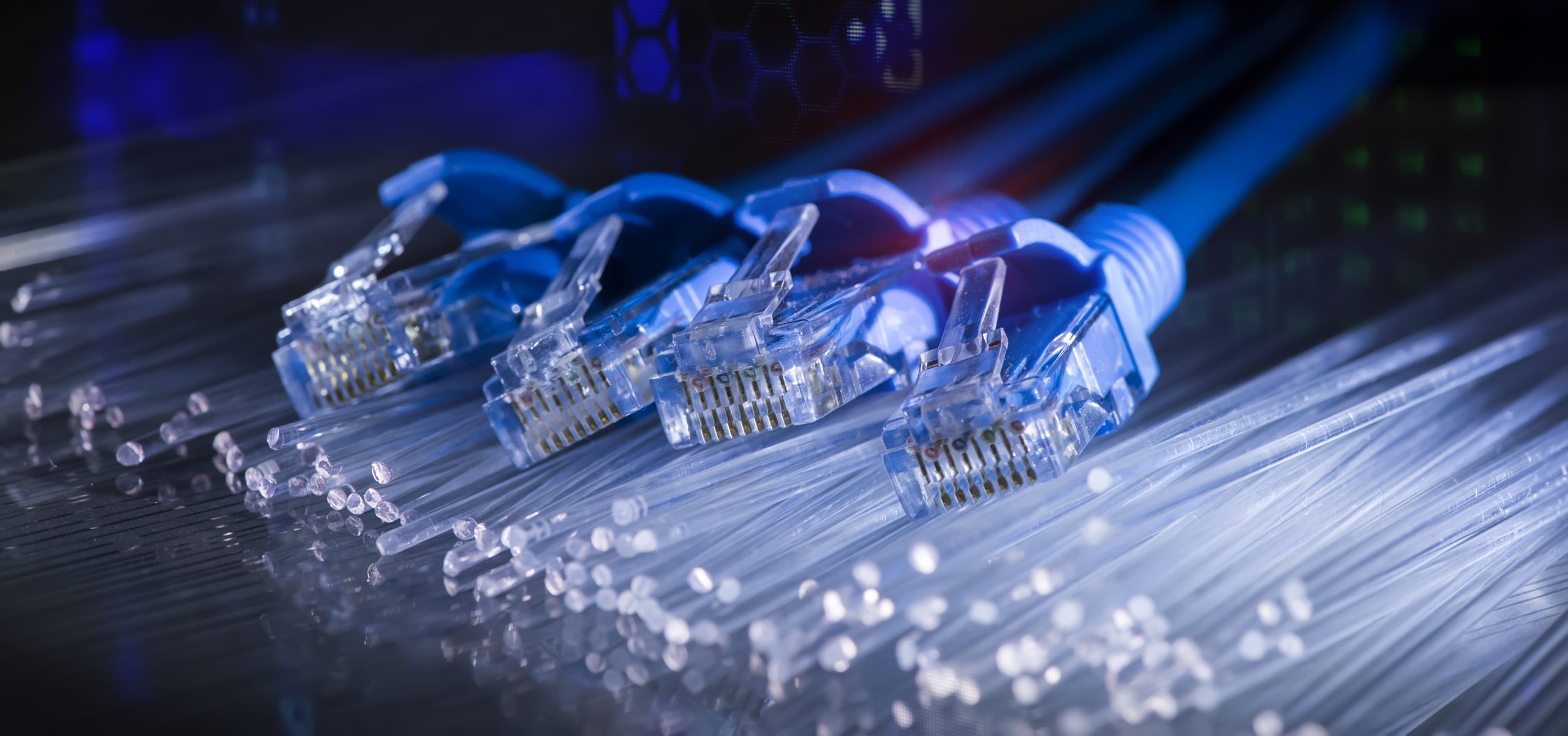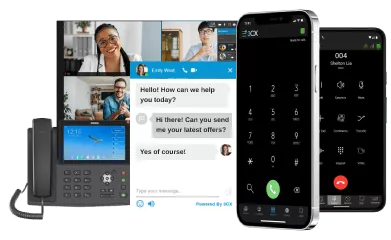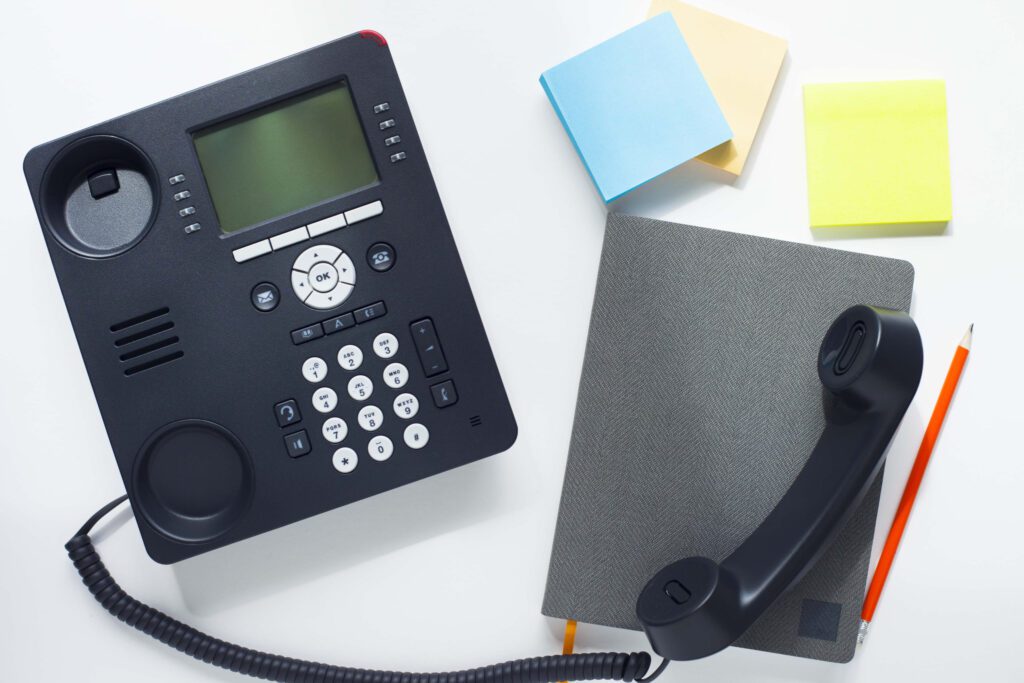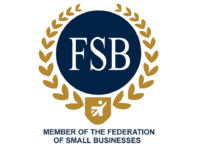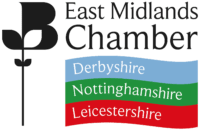What is the Great Openreach Withdrawal
The Great Openreach Withdrawal is a proposed change by BT that would see the company gradually withdraw its products and services from millions of homes and businesses. This includes cable broadband, ADSL, TV and phone lines – which means transitioning millions of customers to an alternative in only five years! This news has already caused concern among many business owners as they fear these changes will mean their firms are left without the necessary technology to run their operations effectively. But what does this mean for small companies? And why should you care about it? Let’s take a look…
The world of internet infrastructure can seem extremely complicated, but it doesn’t need to. This article will discuss the standard terms used to describe our internet infrastructure and why it is changing in the next few years. If you have any questions or would like to discuss our VoIP services contact our excellent team today.
What is PSTN, and what will change with the Openreach Withdrawal
PSNT or Public Switched Telephone Network refers to the existing telephone infrastructure and work using the WLR or Wholesale Line Rental system. Both of these are in the process of being phased out due to newer technology. The current PSTN system uses a network of telephone exchanges to connect callers. This system will soon the replaced by a VoIP or Voice over Internet Protocol System, meaning all calls will be made over the internet network rather than an independent system. This new VoIP service will be through an FTTP or FTTC connection where ever possible.
What is a VoIP Phone System
A VoIP or Voice over Internet Protocol phone system simply means that your landline phone will use the internet network infrastructure instead of the outdated PSTN system. VoIP systems offer significantly more functionality and allow phones to be set up whenever there is an internet connection. If you would like more information about VoIP phone systems, as you plan what to do about the Openreach withdrawal of analogue services please contact our excellent team today.
What is Internet Protocol
The Internet Protocol is the system used to ensure the information transmitted over the internet is sent to the correct location. The original IP system was developed in the 80s and assigned an IP address to every computer on the network. You can think of these IP addresses in the same way as a home address; They identify the destination of the information. Over the year, the IP systems have been through several revisions. The original IP system gave way to IP v4 by the last 80s. This system had become the norm for several years; however, in the 90s, during the explosion in popularity of the personal computer, it became evident that IP v4 with a limit of 18 Million addresses would not last long.
Thanks to a clever piece of technology, we adapted the IP4v system to accommodate over 270 million addresses. This would mainly only be a stop-gap measure, and the system received a total overhaul and its successor IPv6 was introduced. With capacity for over 3.4x10128addresses available, it should be some time before we run out of addresses. Many modern devices can use the IP v4 or IP v6 system depending on the best option at the time. If you have any questions about internet protocol or VoIP, contact your great team today.
What are FTTP and FTTC?
FTTP and FTTC are parts of the Fiber optical network and stand for Fiber to the Premises and Fibre to the cabinet, respectively. These refer to the network of cabling that connects us all. Initially, all of these cables were copper, however as our needs have grown and the internet has become expected in every home, these copper cables simply couldn’t carry enough data. The next generation of cabling used has been fibre optical cables. These cables use pulses of light instead of electricity to transmit the data over a long distance. The terms FTTP and FTTC simple denote whether the fibre optic cable runs straight into your home (FTTP) or end at your local Openreach cabinet (FTTC), leaving a copper cable to go the rest of the way. Whether you have FTTC or FTTP, you will see significantly higher internet connection speed than the old fully copper connections.
What Will Change?
The only thing that will change for many people is that before 2025 you will need to plug your phone into your router rather than your Openreach master socket. However, it is essential that you only do this when instructed by your ISP or internet service provider. If you are happy with your current service, changing where you plug in your phone is the only thing that needs to change. If, however, you take advantage of the many benefits of VoIP, please contact us today, and we can discuss the limitless possibilities VoIP offers.
What Do you Need to Do?
If you are worried about things changing, you don’t need to be. It is the responsibility of your ISP to contact you regarding when the change will happen in your area. Once the time comes, you will be offered a new router by your ISP, ready for the change. Once this is installed and your phone connected, there is nothing else to do.
With the Great Openreach withdrawal looming, many are wondering what it means for their internet service providers. We have all of your answers here! Juno Telecoms will be happy to answer any questions that you may have about how this change might affect you and your business. If there is anything, we can do to help or just need someone to talk through these changes with, please get in touch!

